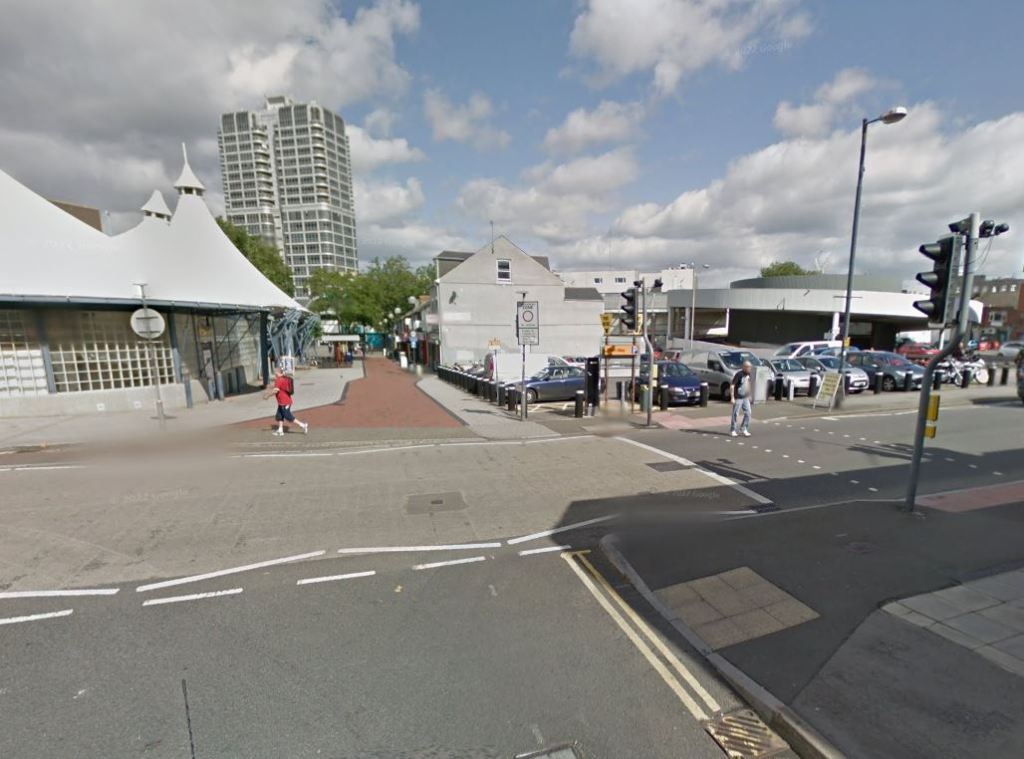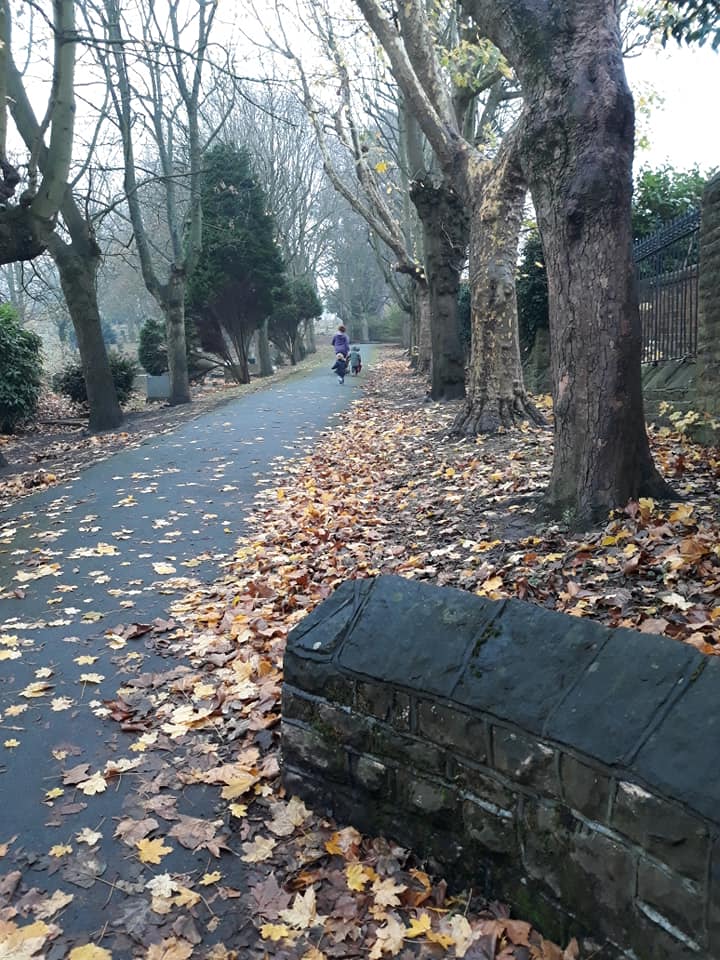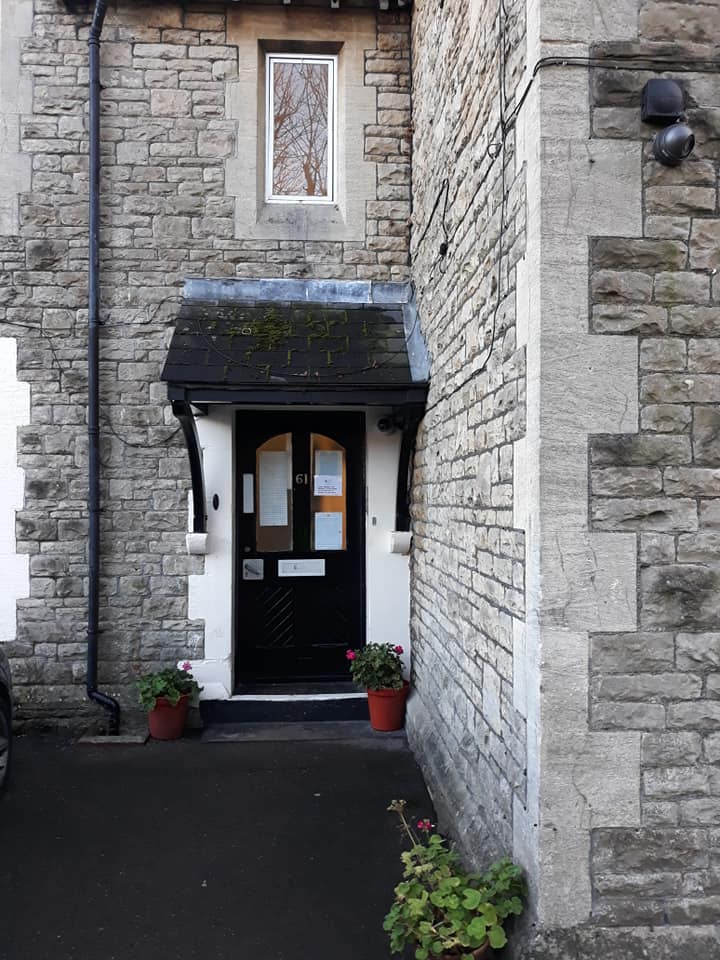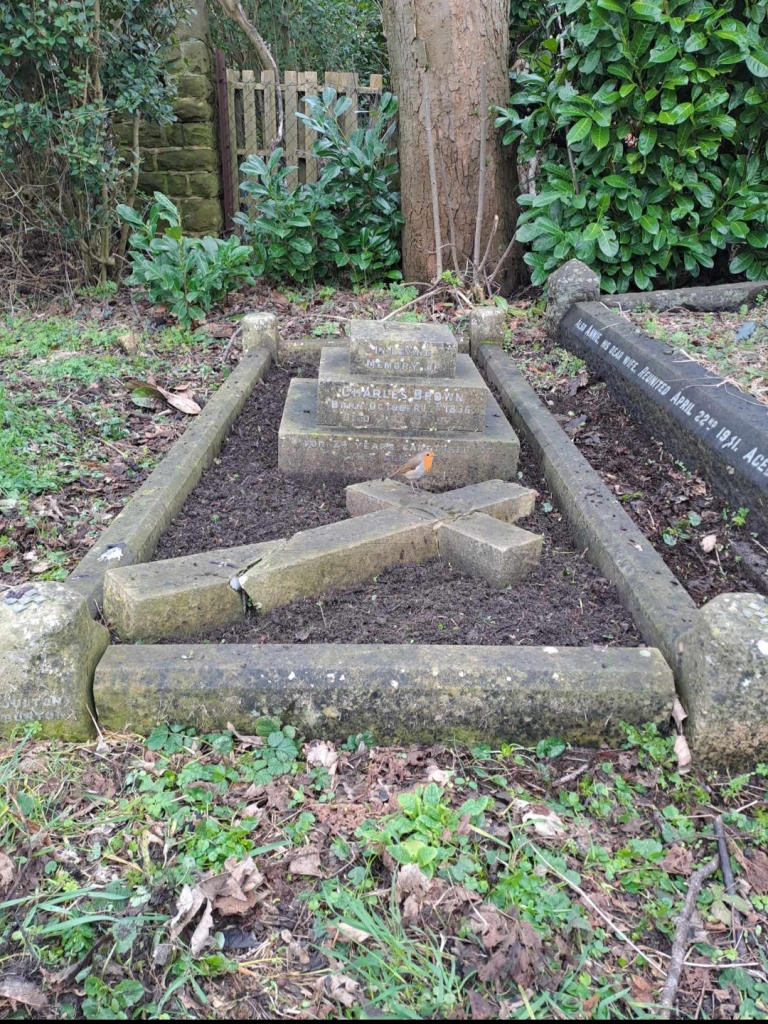Today the frontage of number 76 Deacon Street is much altered. It is difficult to imagine the horror of that night in May, 1895 when fire broke out in one of the bedrooms.
It seems likely that the Read family had not long lived in Deacon Street. The census returns of 1891 list William and Emily as living at 38 Eastcott Hill.
Burning Fatality at New Swindon
Sad Death of a Woman
Narrow Escape of her Children
Considerable excitement prevailed in the neighbourhood of Deacon Street, New Swindon, at a late hour on Thursday night, by a fire which occurred at No. 76. It appears that the house is occupied by Mr Wm. Reed, an engine driver on the GWR, and his wife and two children.
Reed left home on Thursday morning to attend to his duties, telling his wife he should not be home again until Friday afternoon (yesterday), he having to go to South Wales with a train. Reed’s wife appears to have retired to rest with her children about the usual hour on Thursday night. By some means at present unexplained, the lamp which was used in the bedroom either burst when it was being blown out or fell over.
The room in which the mother and her children sleeping together was soon ablaze. A neighbour who had gone to bed about ten o’clock says he heard something like the fall or explosion of a lamp, but apparently the first alarm was given by a youth named Tipper, living in Curtis street, who was passing at the time. Assistance was promptly to hand, and ably rendered by Mr Dade and Mr Mercer, each of whom succeeded in rescuing a child by breaking the windows and effecting an entrance into the bedroom.
Firemen Munday and Flowers were on the spot within three minutes of the call being given, but prior to their arrival Mr Mercer had succeeded by the aid of buckets of water hand up to him, in extinguishing the fire although he was nearly choked in doing so by the dense volumes of smoke. The fire was put out in about fifteen minutes.
Mrs Reed, it appears, was in flames, and she ran downstairs with her youngest child. She went into a neighbour’s and there explained that she was in the act of turning down the lamp to blow it out, when it exploded and set the place on fire. The poor woman was burnt in a shocking manner, and though medical aid was sought and everything done for her the poor woman succumbed just before 2 o’clock yesterday (Friday) morning. One of the children was also very badly burnt.

An inquest was held on the body of the unfortunate woman yesterday (Friday) afternoon, at the Rolleston Arms hotel, before Mr Coroner Browne and a jury, of whom Mr Alfred Adams was foreman. After viewing the body and the scene of the (fire) the following evidence was taken.
George Wm Singler said deceased was his step sister and he lodged with her. The last time he saw her alive on Thursday was at seven o’clock in the evening. He was away from home when the fire occurred. He identified the bottom of the lamp produced as the one deceased always used to take upstairs with her when she went to bed.
Thomas Mercer, living next door to deceased, said that between 9.30 and 10.30 the previous evening, he was in bed when he heard a cry of “Fire”. He got out of bed and went downstairs. He got up outside the house and rescued one of the children out of the cot in the bedroom, bringing the child through the window. He could not see deceased. The room was all in flames. He called for water and put the fire out. There was one other child in the room. He heard a lamp burst just before he heard “fire” called out. The fire only lasted about a quarter of an hour. He did not know whether the lamp fell or was knocked over. The mother and youngest child had gone when he got in at the window. The fire was nearly out when the fire brigade arrived.
Sarah Beamish, living in the same street, said she was at her gate and heard something burst. She ran to the gate, and Mrs Read then ran down stairs. The door was locked, and they could not force it open. Some men broke the window and she got through. Deceased was in flames, but was burning round the neck only. Deceased walked into witness’s and said she turned the lamp down to blow it out when it exploded. She repeated this statement several times. Deceased thought the lamp was turned too low; it was not the blowing that made it explode. All her clothes were burnt off. By the foreman: It was not more than five minutes after the explosion that Mrs Reed was outside. She then sent for medical assistance, but she died at 1.50 a.m. that (Friday) morning. Both children were brought out of the bedroom window. Witness said everything was done for deceased that could be done. Her husband (Mr Reed) left at 4 a.m. on Thursday, and would be back until that (Friday) afternoon.
The Coroner adjourned the inquest until Wednesday next, to enable an analysis of the oil to be taken and obtain the flashing point of same.
The Swindon Advertiser, Saturday, June 1, 1895.
Emily Read was buried in Radnor Street in plot B2426 on June 3, 1895. She lies in a public grave with two others, most probably, unrelated people.
William married the widowed Mary Jerome four years later. The 1901 census finds them living at 19 Gloucester Street with Mary’s 23 year old daughter, Seline Jerome and William’s two little girls who had survived the blaze, Winifred Emily, 11 and Elsie May, 9.
*Read is misspelt as Reed in some instances.






